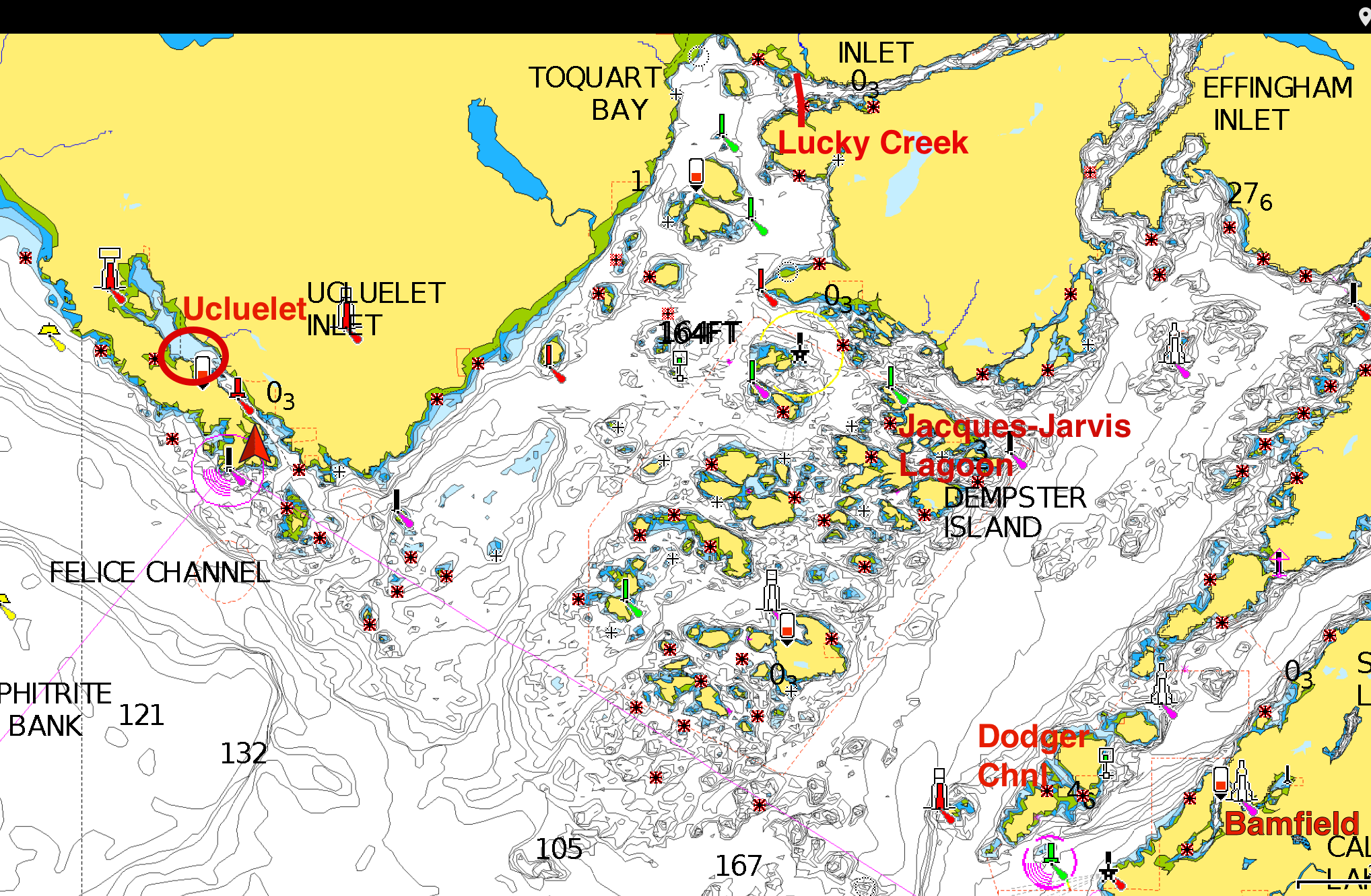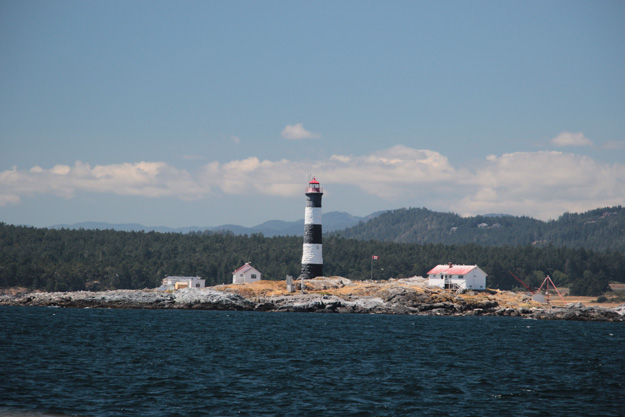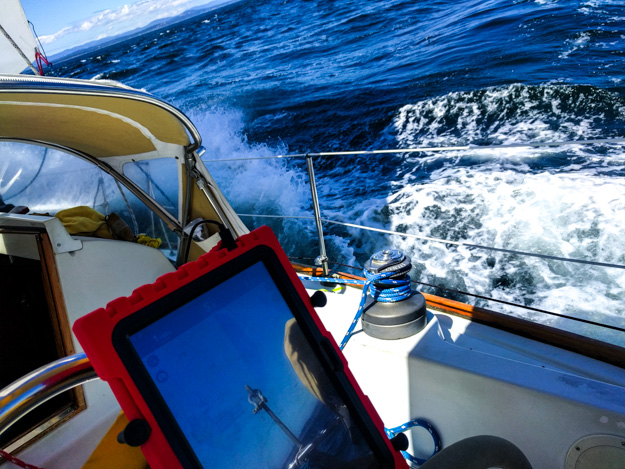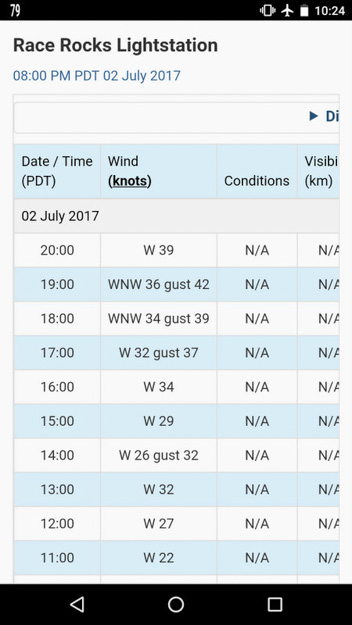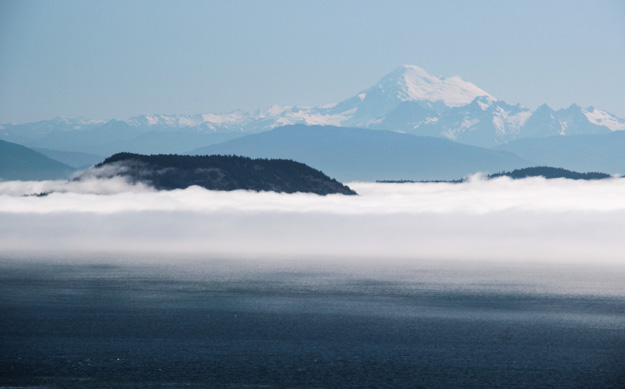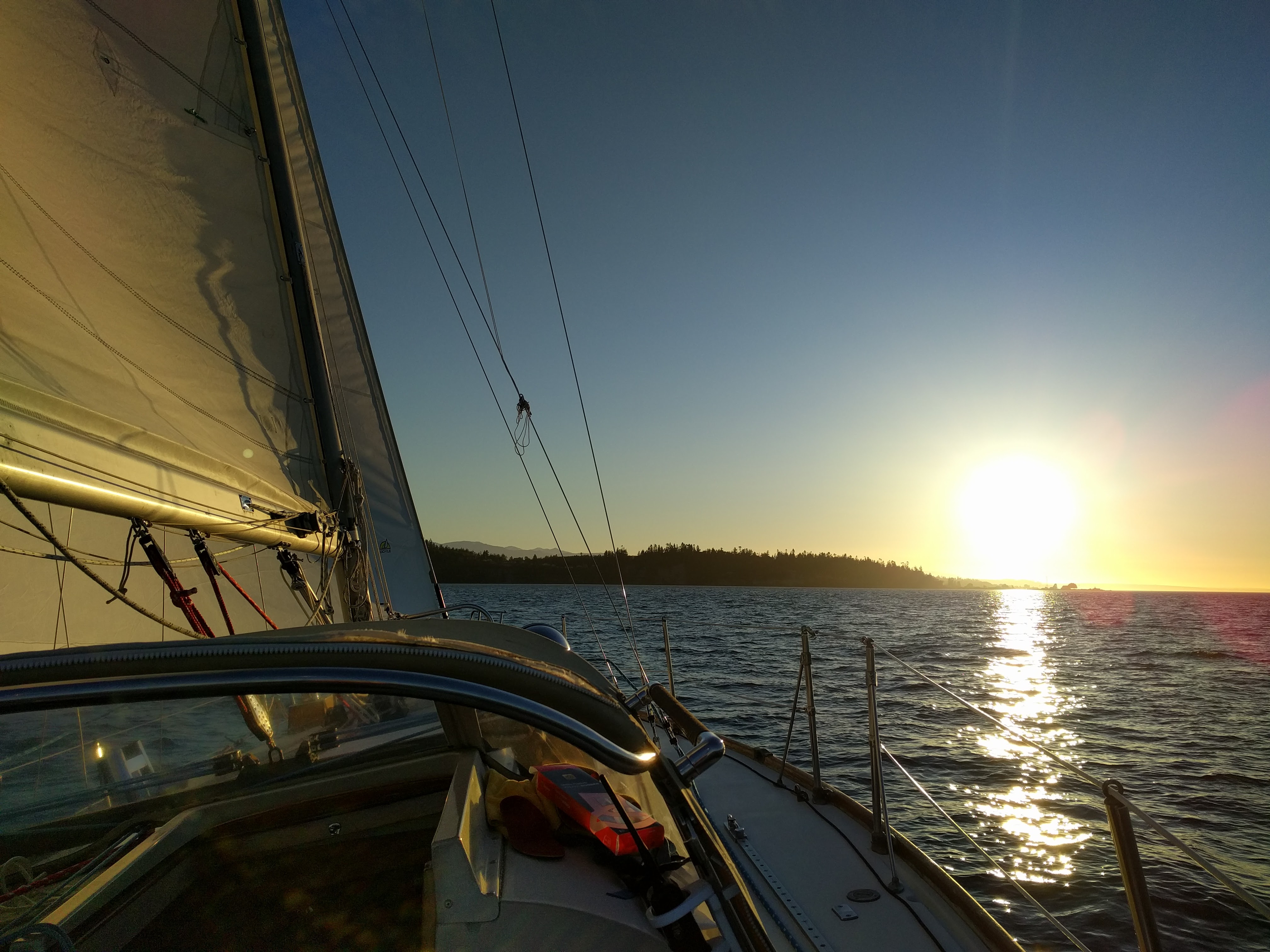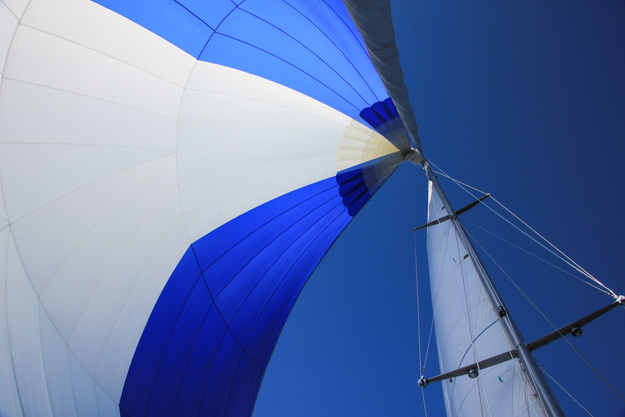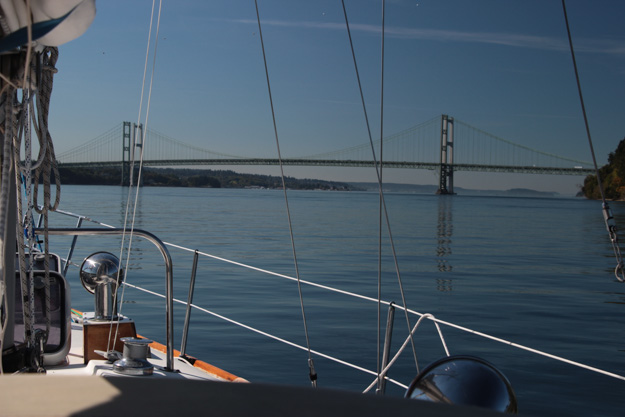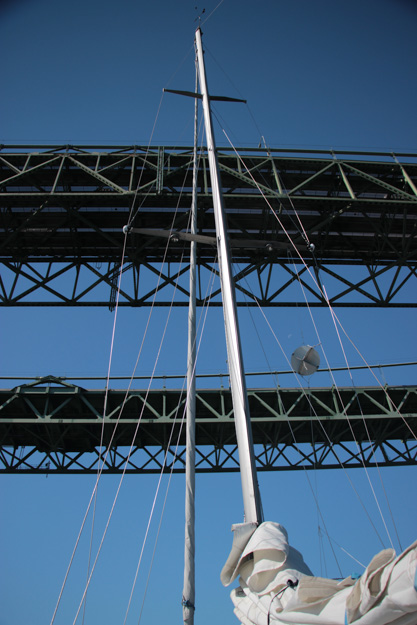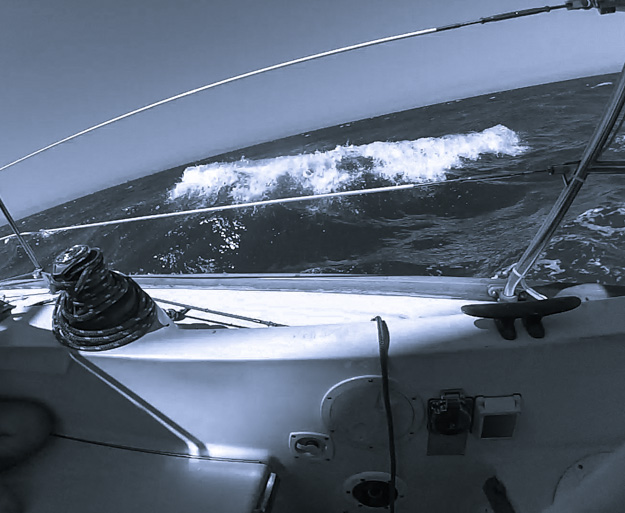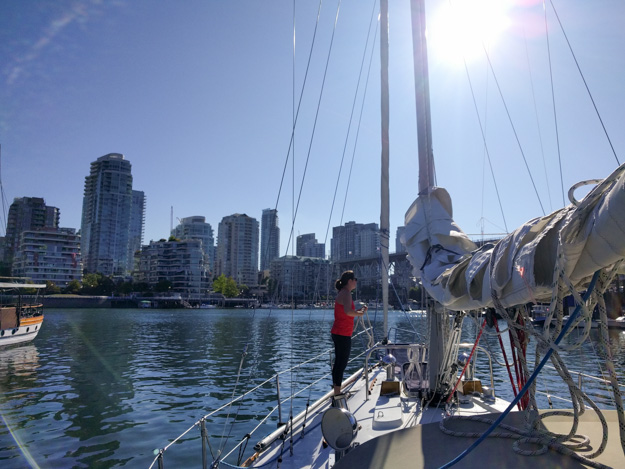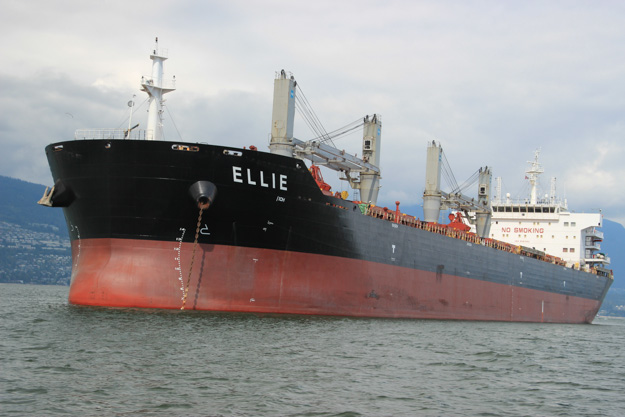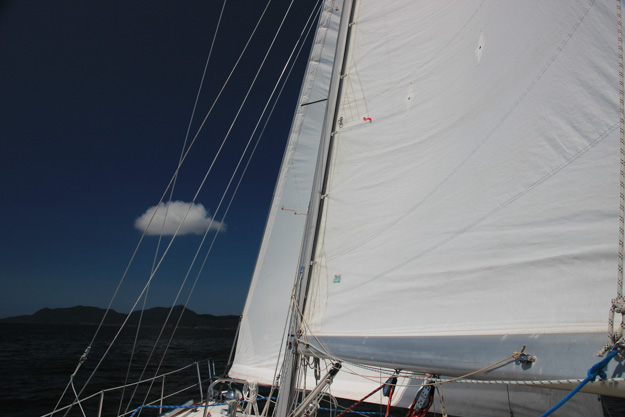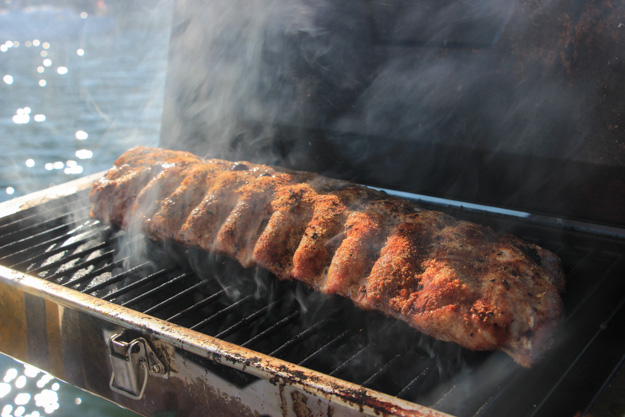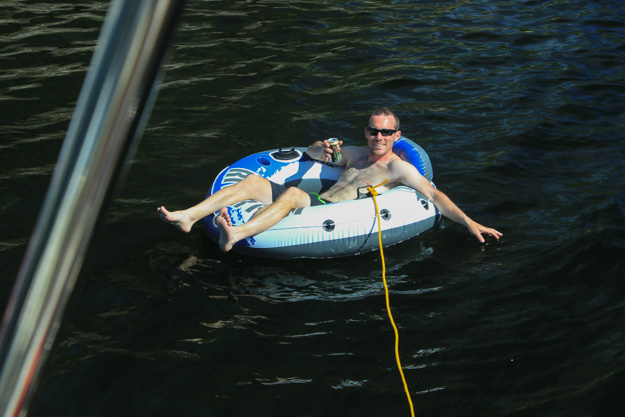How do you describe three months of sailing? The truth is you can’t – no words can really sum up that amount of time in a short blog post. We had such an amazing time that to say it was life changing wouldn’t be much of an exaggeration.
Some areas of remote BC were more beautiful than I could adequately put into words. We had surprise visits from humpback whales, seals and bears, reminding us we were not the only life out there. We encountered high winds and strong currents, situations that tested our boat’s strength, and our abilities as sailors.
My relationship with wind changed – I can’t look at water now without seeing wind – the ripples and the tidal interactions. A flag blowing on a hill side, or a gentle breeze on your arm. So many signals we used to read wind; wind started to become a kind of three dimensional map on the water, or a 6th dimension to our senses.
Wind was our motive force, our fuel – for this reason it reached a greater importance than ever before. We had a lot of mileage to cover, and most of it was wind powered.
All the stress of packing up our condo, selling or donating excess possessions, finishing last minute boat projects, and moving onto the boat had long since been forgotten – erased by the single minded focus you get while cruising. The only thing that mattered was keeping the boat moving and keeping us safe. Fun was a secondary goal, and as long as we were safe, it usually came easily.
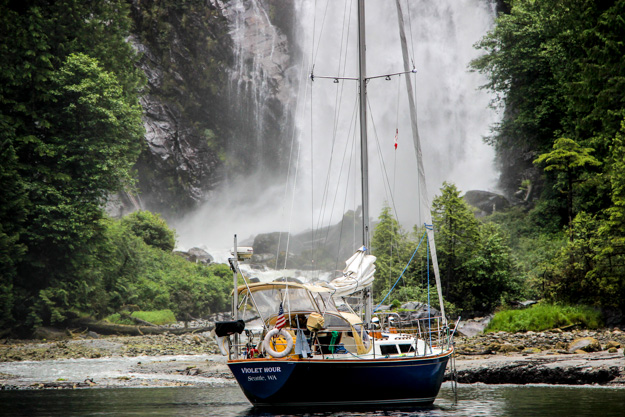
Anchored in front of the waterfall in Princess Louisa Inlet.
Route
Our route took us over 1300 nautical miles, starting June 10 from Seattle at Elliot Bay Marina, and ending September 3 back in Seattle at Shilshole.
We first headed north to the San Juans, and spent a week or two there (meeting up with family), then traveled through the southern Gulf Islands before hopping over to the Sunshine Coast and visiting Princess Louisa Inlet.
From there we headed north for some sunshine and warm water in Desolation Sound. Next we traveled through the back route to the Broughtons, bypassing most of Johnstone Strait but still dealing with the high currents of the tidal passes and some high winds once we reached Johnstone.
After reprovisioning at Port McNeil, we skipped past the Broughtons because we had southerly wind, and explored Queen Charlotte Strait. Miles Inlet was our furthest point north, almost to Cape Caution, at which point we headed back south and spent over a week in the Broughtons. The highlight of that area was sailing into MacKenzie Sound and visiting Nimmo Bay Resort.
We were a little tired of all the powerboats in the Broughtons and the mostly overcast, chilly days, so we headed south back through Johnstone Strait (all the way this time) and returned to Desolation Sound. Desolation Sound was hot and sunny by this time (late July), but also very crowded – we found a wonderful, more secluded spot in Pendrell Sound.
As we continued south, we visited Lasqueti Island, and went across the Strait of Georgia to Nanaimo and the northern Gulfs. Later we went across the Strait again to visit Vancouver for several days, and then crossed the Strait back westward (encountering high winds this time), to visit the Gulf Islands some more. We enjoyed the Gulfs, but before long it was time to move on – back to the U.S. through the San Juans.
We stopped in Port Townsend and then sailed south, past Seattle, to southern Puget Sound. Despite a complete lack of wind most of the time, we had fun visiting Natalie’s family in Olympia. From there we headed back to anchorages around Seattle and Bainbridge for a few nights, before it was time to truly end our trip and return to work.
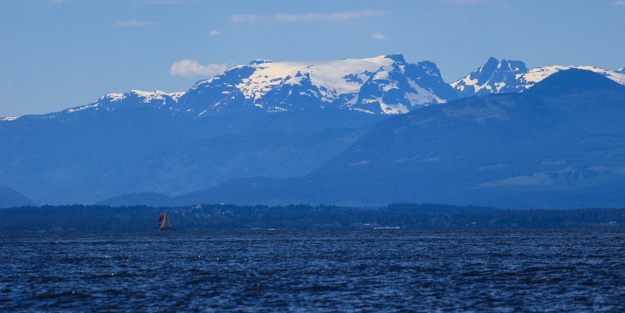
Looking west, on the way to Desolation Sound.
Continue reading →
